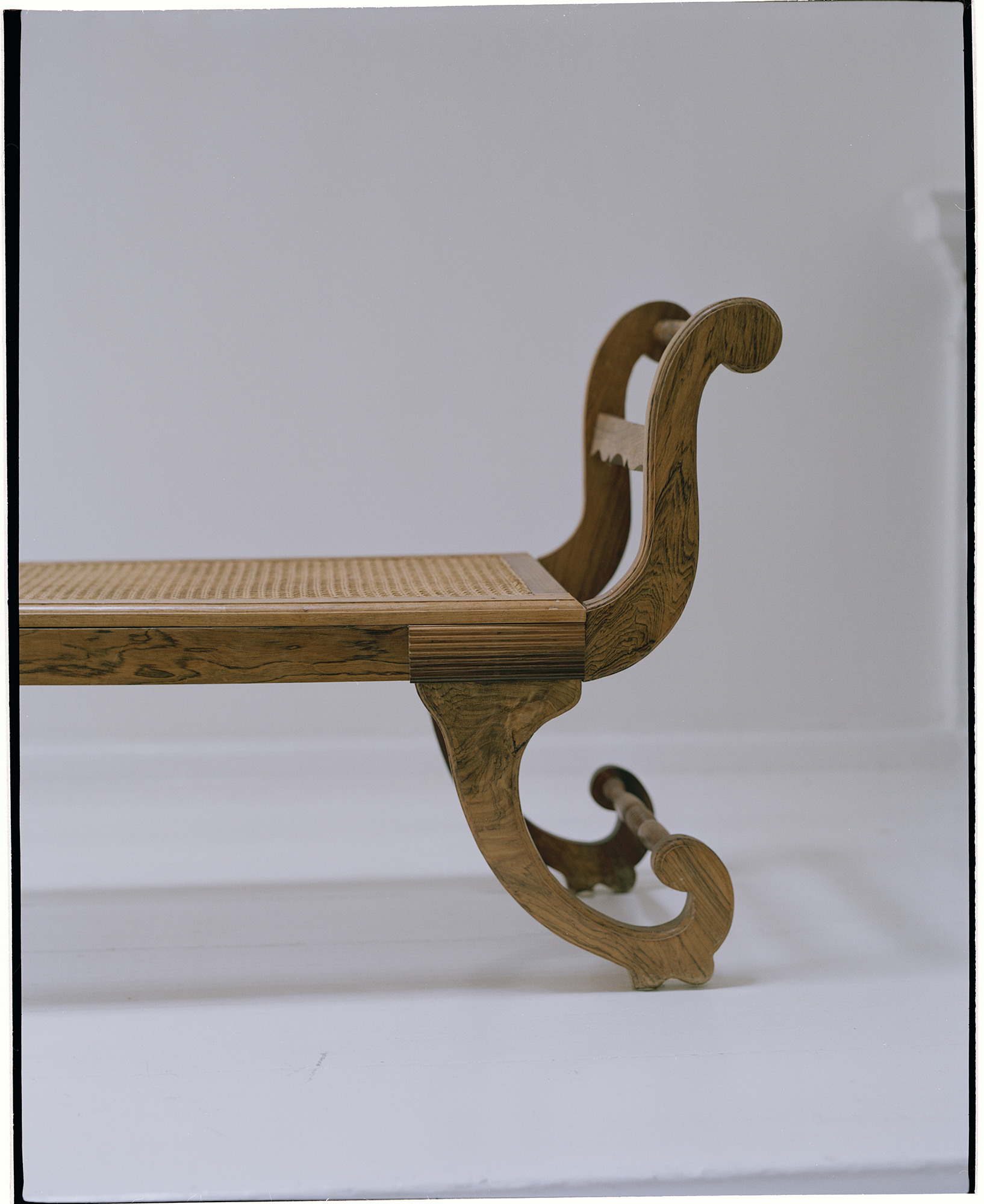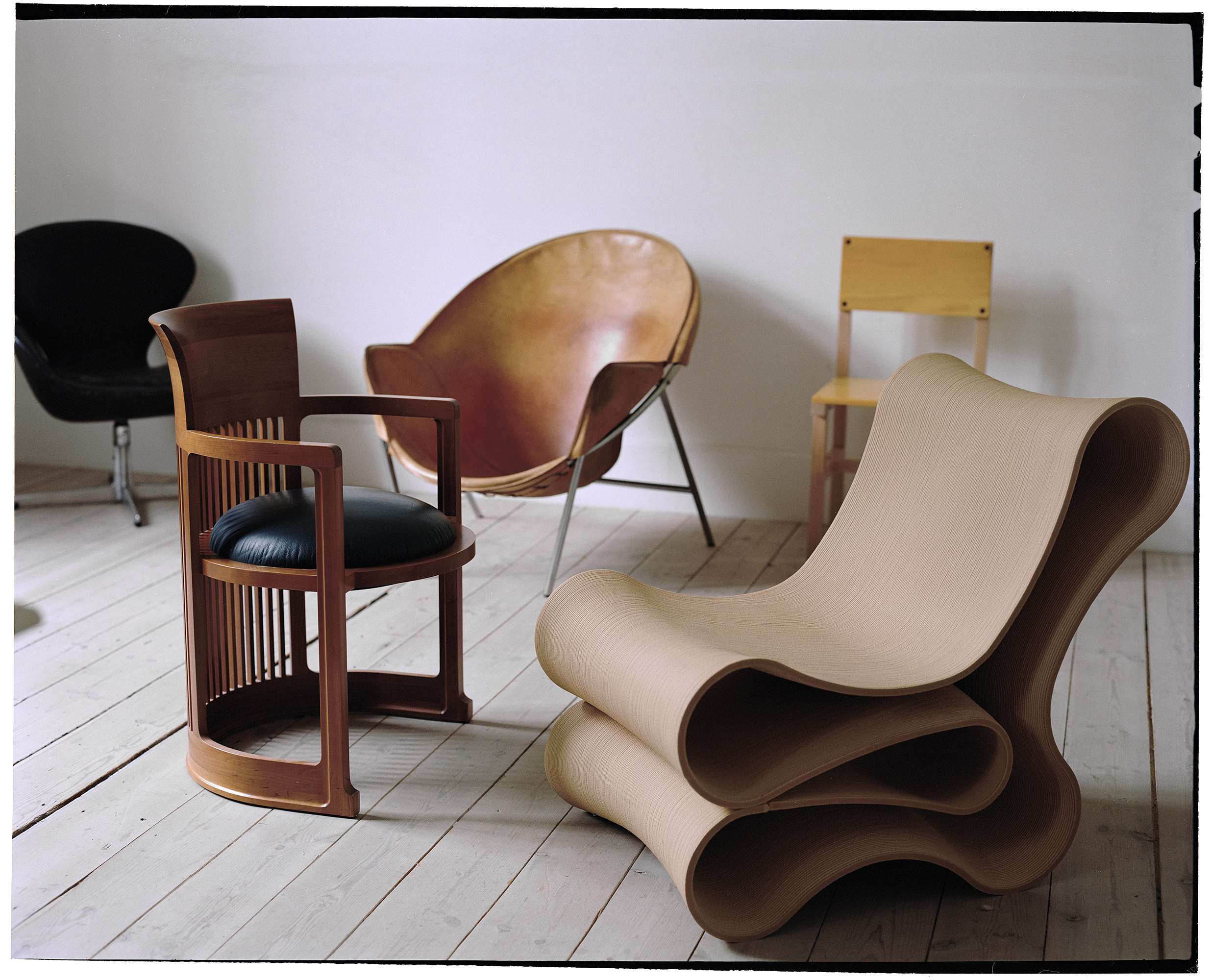Close up with Ellen Dixdotter
CLOSE UP
WITH ELLEN DIXDOTTER
INTERVIEW
Ellen Dixdotter, the CEO at Danish fashion house By Malene Birger, shares her inspirations in art, design and clothing.
TNE How would you describe your personal relationship to fashion and interior design?
ED I always think of style as being one universe, it unites fashion and interior design, as well as food and art. If you are good at creating a universe that speaks on a holistic level, you are good at brand building. Every garment, or object, needs to have a value beyond the material it’s made of.
TNE What objects attract you?
ED Quality, craftsmanship and materials are key. I always have a clear mental mood board, so I find it quite easy to pick my investments. I like to keep a fairly balanced and calm base and then add the odd detail. I like a lot of textiles, both carpets and curtains, and I am attracted to furniture that is quite strong and solid.
ABOUT
By Malene Birger has explored new ways to launch its collections, collaborating with artists, furniture designers and the auction house Bukowskis. Instead of creating a fashion show the company asked two photographers to tell its story in four chapters. The photos are by Elizabeth Heltoft, Benedict Brink and Ilaria Orsini. Ellen Dixdotter is also co-founder of the carpet brand Cappelen Dimyr. She was previously marketing director at Filippa K.
WORDS
Hanna Nova Beatrice

TNE What artists, books and garments are inspiring you right now?
ED I love Inez Jönsson, an artist that we collaborated with when launching our collection at By Malene Birger. This summer I bought 50 issues of the magazine The World of Interiors, with interiors from the 1980s and 90s, which was really fascinating. My wardrobe is currently undergoing a proper cleansing, I want to really scale down, only keeping items that are comfortable and enjoyable to wear. I like comfortable soft-knitted garments, maybe a bit oversized, in combination with a long coat in cashmere and rough boots with a rubber sole.






”Every garment, or object, needs to have a value beyond the material it’s made of.”

TNE What are the most challenging questions in fashion right now?
ED To avoid overproduction, from a sustainable as well as economic point of view. You can only avoid that by knowing your customers well and making sure your offer matches them.Then things like Covid-19 happen, so it’s important to have an agile organisation. We strive for 100 percent sustainability when it comes to materials and production, and we have worked hard to find new ways to design our collections.
TNE How have this year’s new experiences affected your work on upcoming collections?
ED We have thought long and hard about all the objects we surround ourselves with, from clothes, objects and furniture down to art. It feels more important than ever to consider this. What objects are important to us, and why? The results of this have then been translated into photography and other media.
TNE In what way do you think the pandemic will affect our consumption in the future?
ED I think we will be even more picky – only the garments that we know we will love for a long time will make it into our wardrobes. Therefore it’s important not only to use sustainable materials, but also to make sure the materials are of high quality and can last for a long time.
TNE You also have your own carpet brand, Cappelen Dimyr. What can we expect next?
ED Our partners in India have had a tough time with the pandemic and the lockdown, so we have to adjust the pace. We also try to take our time and not get carried away. However, this autumn we will launch four new models and we will try a range of new natural materials that feel incredibly fine.


SUGGESTIONS
